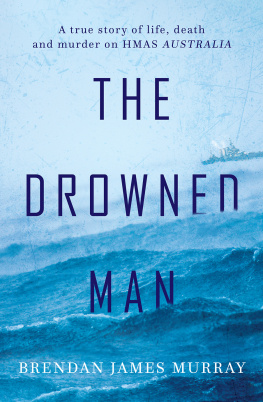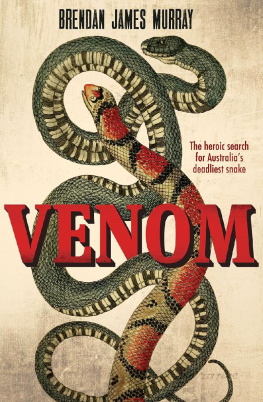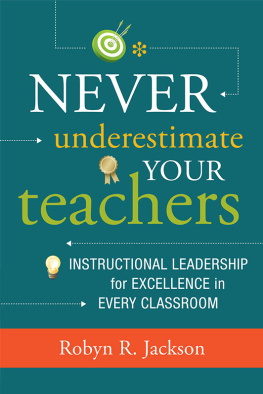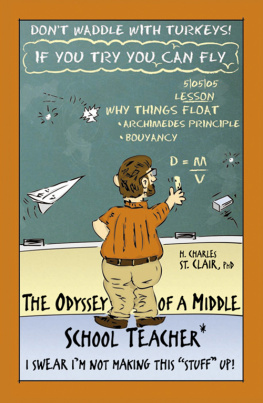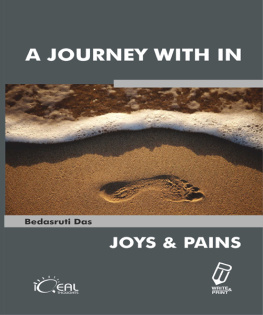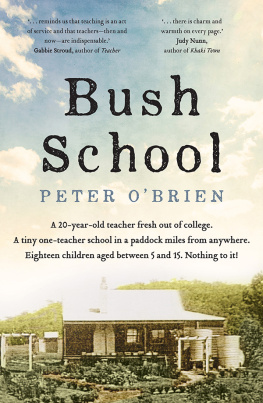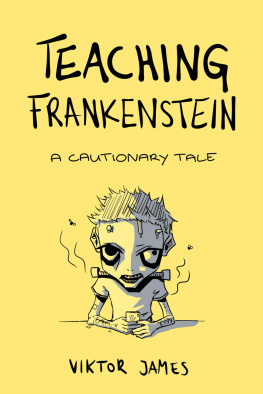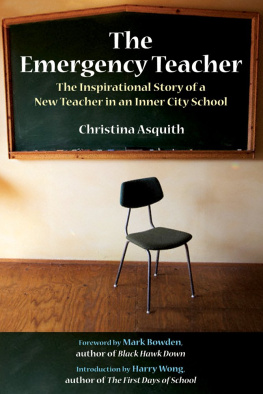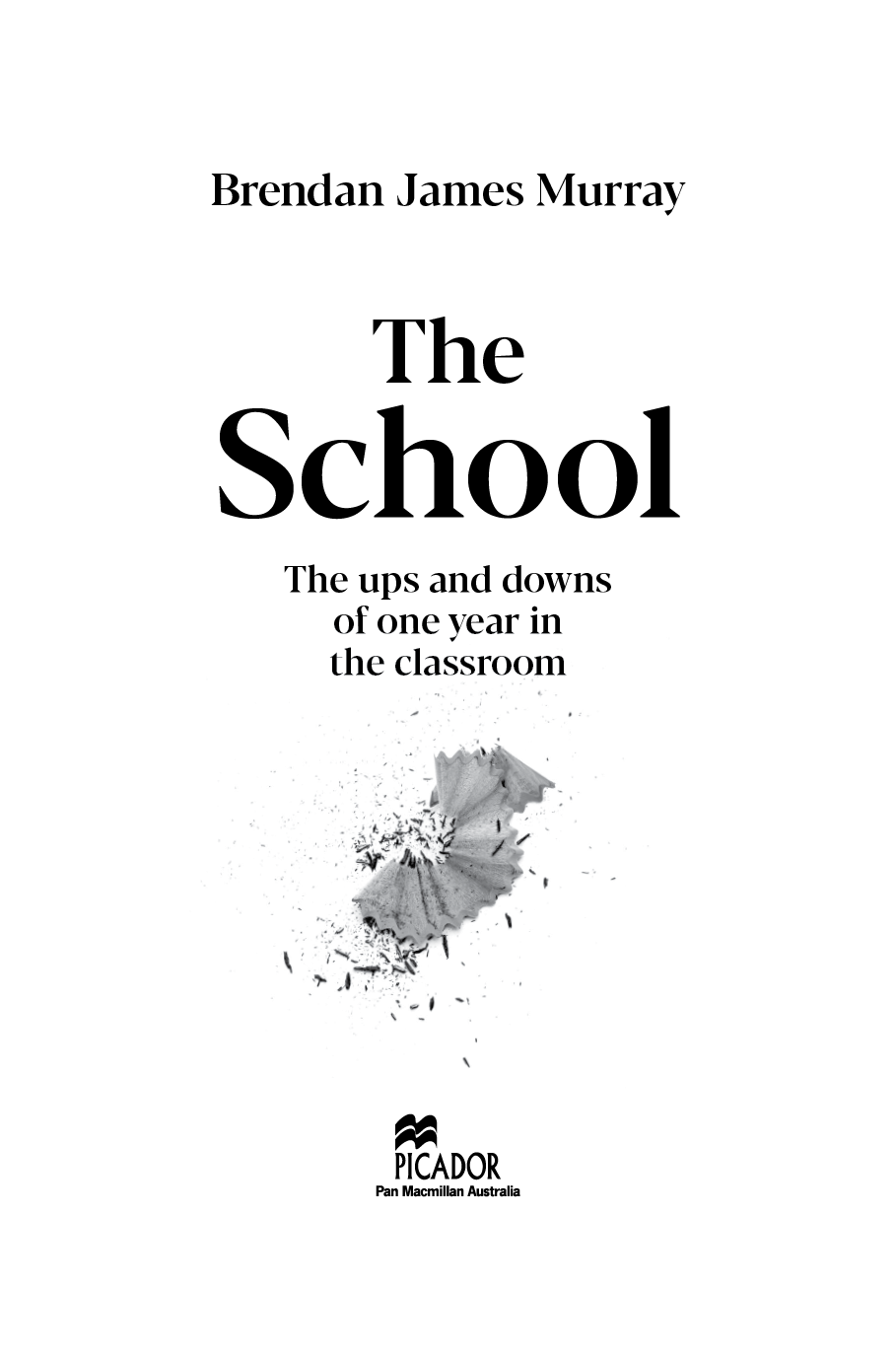About The School
One teacher. One school. One year.
Brendan James Murray has been a high school teacher for more than ten years. In that time he has seen hundreds of kids move through the same hallways and classrooms - boisterous, angry, shy, big-hearted, awkward - all of them on the journey to adulthood.
In The School , he paints an astonishingly vivid portrait of a single school year, perfectly capturing the highs and lows of being a teenager, as well as the fire, passion and occasional heartbreak of being their teacher. Hilarious, heartfelt and true, it is a timeless story of a teacher and his classes, a must-read for any parent, and a tribute to the art of teaching.
PRAISE FOR THE SCHOOL
In this eloquently written book Brendan James Murray has captured the good, the bad, the unjust and the fabulously inspirational about one year in a high school. It is raw, real and accurate story that lands on hope and deep gratitue for the exceptional teacher who teach with heart and soul.
Maggie Dent, author of From Boys to Men
By the second page you care, and from the fourth you are absolutely hooked. Murray wades into the nightmare lives that many Australian kids inhabit in our unjust and unequal society. He reminds us how schools and caring teachers can provide the only chance of a life that some kids have. A very moving book.
Steve Biddulph, author of Fully Human
I immediately want to give this book to every teacher I know. An outstanding work of non-fiction storytelling, Murray gives a voice to one of the most important yet undervalued professions in the modern world: teaching. Stunningly written, moving, and full of perspective-changing insights, The School is ultimately a story we should all pay attention to.
Jessie Stephens, author of Heartsick
Contents
For my students
AUTHORS NOTE
This book is a true story. However, names and details have been changed to protect identities, and some characters are composites. While the narrative takes the form of a single school year, the characters and situations have been drawn from across time and from a variety of schools.
Prologue
The ghost children
Schools are haunted.
Ghost children flitter and lurk and whisper, banished by neither the tolling of electric bells nor the trembling of fluorescent tubes: no latest initiative, no departmental best practice will exorcise them. They are shades of the living and the dead, of the absent and the present. Some carry warnings, others pleas for wrongs to be made right. Others are simply there , wordless and oppressive. Your dreams are occasionally disturbed by their presence.
A few are ghosts in the traditional sense, aligned with the Banquo of my senior Literature class.
I taught Bevan Cowley in Year 10 English some years ago. He had a narrow face and sullen, pencil-lead eyes. At least half the time he was absent, and when he did attend he was usually late, bringing his backpack as though anticipating the need for a sudden escape. Some students have an aura around them like a gas leak waiting for a spark, and that was Bevan: cold silences, muttered expletives, his corner of the room ringed by empty seats nobody dared fill. He had no social connections and no apparent desire to build any. Still, I liked Bevan. He did not work but he listened to me. Once, counselling him after a confrontation with another teacher, I had said in a kind of desperation, Im trying to help you . His vacant, window-gazing stare had shifted to me then, and hed replied, I know . I remember the sympathy in his voice for me, I thought.
He did not finish Year 10. In fact, he had spent very little time at The School before I taught him, only a few months as a Year 7. Students like Bevan are often itinerant, dragged this way and that by the unpredictable currents of their family situations.
It was years later that I learnt Bevan was dead. He had overdosed in a Melbourne flat at just twenty, surrounded by young men and women too high or too ignorant to notice the silence once filled by his breathing. I never saw any of this, of course, but nonetheless the scene fell upon me: dried sick, charred spoons, the cold. Bevan.
And I was responsible. In part, at least. Thats how I felt when I heard the news and how I feel now. I had an opportunity, a fleeting window during which I might have shown him another way of being. But I failed. I didnt see enough, hear enough, say enough. I made too few calls home; I didnt push when the calls I did make went largely unanswered. I wasnt hard enough on him; I was too hard on him. I focused too much on failed attempts to turn him into a reader; I should have tried harder to get him reading, should have suggested Bukowski or Burgess or Welsh, something that might have appealed to his own renegade nature.
But I didnt. And he dropped out and wandered off into the dark.
His ghost was not apparent for a long time, but eventually it began to make itself known. There were the initials carved on a table in a woodwork room. Later, somebody happened upon an old detention slip, unsigned, mouldering in a dented filing cabinet. One afternoon, I was scrounging through a stack of used manila folders when I was confronted by his wraith in black Sharpie: Bevan Cowley, 10F . The folder was sketched with ill-formed figures sportspeople, I thought and breathed with the stink of decaying paper. It smelt of history. Inside was a disorganised scattering of incomplete worksheets. His handwriting was large and awkward.
In that quiet, late-afternoon room I felt his presence. I said aloud that I was sorry. There was no reply.
So Bevans ghost persists.
But there are others, including the strange shades of the living departed. These are the students who are now adults somewhere out in the world. Like Bevan, they have left their presence behind in graffiti and forgotten books. A few exist in stories told by teacher and student alike. Theres a strong oral tradition when it comes to schoolyard mythology. The stories are good and bad. It might have been a violent fight, or a gesture of kindness so profound that its warmth still lingers in the coldest of winter corridors.
Remember those ones, we often say. Its too easy to focus on the negative.
Some ghosts peer down from honour boards, medal cabinets, framed photographs. Carpe diem, Robin Williams whispered to his students in Dead Poets Society , but every real secondary teacher saw through the fiction. In Hollywood, teachers only ever have one class. We have four or five: maybe two Year 7s, a Year 9, a Year 11 and a Year 12. A hundred and twenty students, aged eleven to eighteen. Movie audiences arent expected to keep track of that many characters, but we have to. You will find these pages cluttered with souls jostling for your attention. That is the reality of teaching.
But of all the ghosts, perhaps the most haunting are the ghosts of the present. Around each student hover spectres of what they have been and what they might still become.
Weve got to keep Dylan here, I said to my principal recently. Dylan, only fourteen, was on the verge of expulsion. Transgressions too many to list; a child railing against a world that had been betraying him since birth. What will happen to the kid otherwise?
And my principal one of the good ones had agreed. She and I could see the path forking before this child, one direction receding into murky gloom and the other to what? To still more forks further down the road. But if we could keep steering him he might be alright, might grow into that spectral version of himself that hovered as a glinting possibility.


